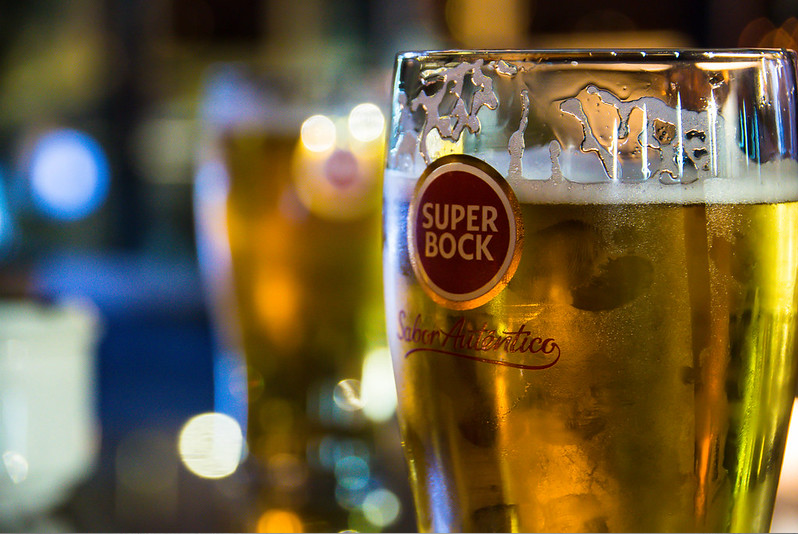This post is also available in:
 עברית (Hebrew)
עברית (Hebrew)
Sometimes tiny technology can have massive applications. The advancement of nanotechnology over the past several years has helped scientists develop breakthrough technologies, ranging from water filters to carbon nanotubes that make hypersonic travel possible.
Now, scientists in Ireland and Oman have collaborated and succeeded in turning beer byproducts into carbon nanotubes. Barley waste could now be converted into plentiful, low cost activated carbon and carbon nanotubes.
Popularmechanics.com reports that the United Kingdom imports its supply of activated carbon and carbon nanotubes from abroad. Thanks to the scientist’s efforts, countries such as the U.K. are capable of recycling waste material into valuable material domestically, thus saving money, energy, and time.
Lead scientists for the program, Ahmed Osman, is part of a university-wide effort to research and revolutionize biofuels. In respects to the barley experiment, Osman and his team took one kilogram of malted barley, dried it, and put it through a chemical and heating process. First the barley was coated with phosphoric acid and then with potassium hydroxide. The product of the process is a large amount of activated carbon, “enough to spread across 100 football pitches”, and an exceptional amount of carbon nanotubes.
Activated carbon has many different applications. Due to its ability to absorb certain materials, it is used medicinally as treatment towards poisonings and overdoses. It is also used to filter air in gas masks and it can be used to help environmental efforts, such as spill cleanups, and air and water purification.
Research has also been done regarding activated carbon’s ability to store natural gas and hydrogen gas.
Carbon nanotubes also have plenty of applications, such as the aforementioned water filters and hypersonic vehicles. They have been used as a form of cancer treatment and can greatly push forward 5G technology.
Breweries in the European Union dump around 3.4 million tons of grain every year. Considering that the researchers used only 1 kilogram of barley and relatively cheap chemicals, the experiment could likely be scaled up to create much larger quantities of carbon nanotubes to be used in many different applications and industries.


























